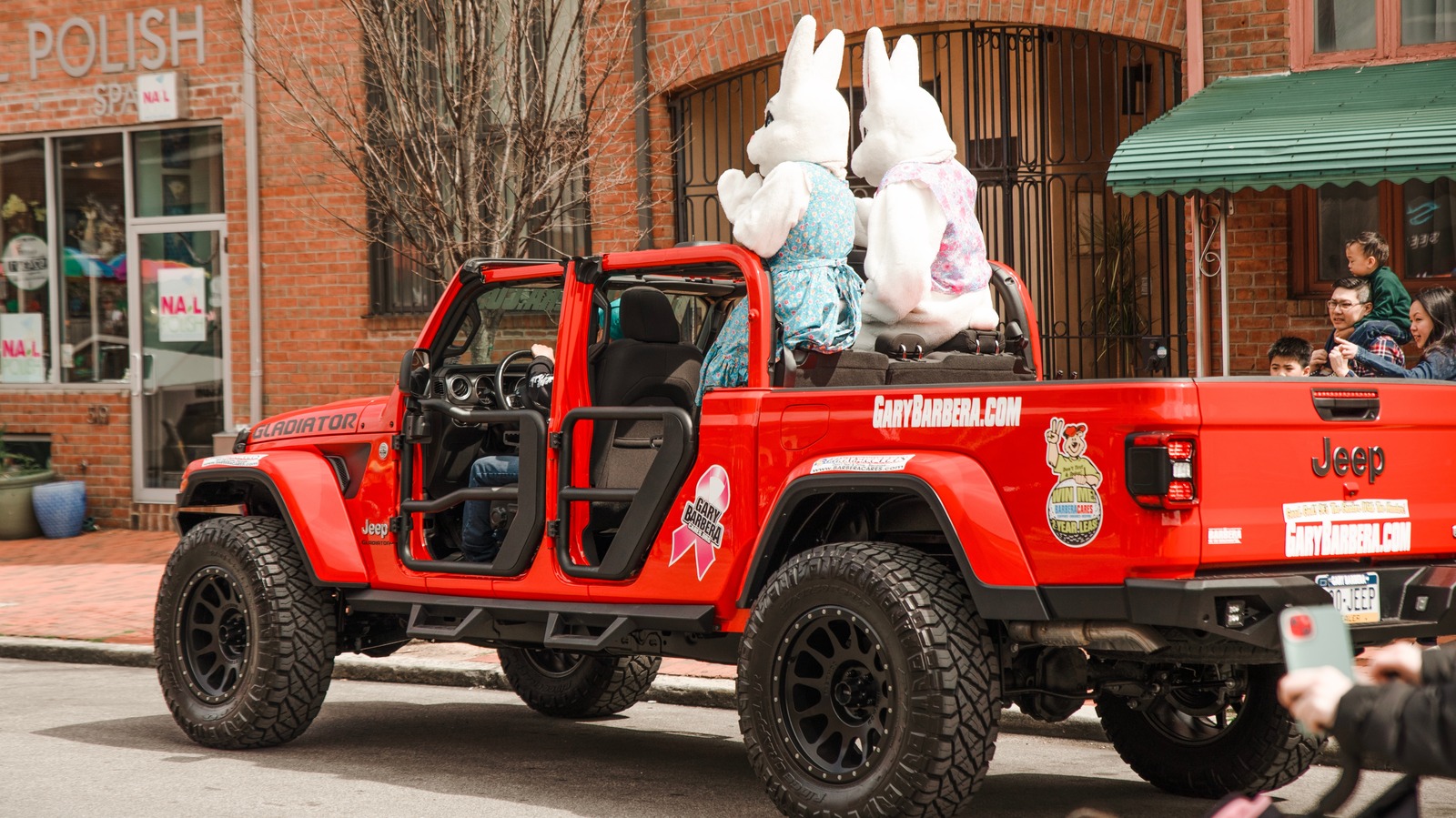
Whether you're a kid scouring the yard for those brightly colored treats left by a Bunny or an adult keenly looking for well-hidden gems in your favorite entertainment medium (films, television, video games, software, even our phones and our automobiles), there's no denying that hunting for Easter eggs is just good old fashioned fun. From inside jokes to hidden references using a classical character or logo that only the die-hardest of fans might notice, clandestinely hidden baubles are there for us to find like Indiana Jones looking for his latest treasure. Some of today's cars have Easter eggs too.
Automakers allow those who design their wheeled works of art to add a little something extra in the form of cartoon characters, stylized emblems, or some other secret nod that usually incorporates the company's past somewhere on the car (interior and exterior are fair game). You shouldn't be surprised that this isn't just an act of altruism. All these Easter eggs are registered and trademarked, which in the end allows the company to sell OEM replacement parts complete with all those neat nods.
The first recognized "automotive Easter egg" is not the "cheat code" sequence of buttons pushed in the right way found in the software running BMW M3's sequential manual gearbox, as Popular Science asserted back in 2002. That distinction actually belongs to Jeep, and it popped into existence a half dozen years before BMW's supposed Easter egg. Car designer Michael Santoro is credited with Jeep's first covert nugget.
He was initially hired in 1989 by famed muscle car designer John Herlitz (of Plymouth Road Runner and Barracuda fame). Santoro had only previously worked on sedans (the Chrysler Cirrus and Dodge Stratus) and was tasked with designing parts for a new Jeep Wrangler for 1997 (the TJ line). But he wasn't given a clean slate for a total redesign.
Santoro said the entire budget for the Wrangler was just $150 million, which he likened to "coffee money." Since the YJ body and doors were getting carried over to the TJ, he could only work on the grille panel, hood, cowl, and plastic bits that attached to the body. Santoro admits that when he moved to the Jeep studio, he was unfamiliar with the whole "It's a Jeep thing .
.. you wouldn't understand" culture and mentality.
So, as part of his design process, he spoke with passionate Jeep owners and staffers from Jeep Jamboree off-road treks. Everyone begged him not to ruin the brand's legacy and to keep the iconic look of previous Jeeps. With the weight of generations of Jeep owners on his shoulders, Santoro took the legendary seven-bar grille, knowing it was a signature design element, and applied it to the air intake cowl under the windshield, which brings air into the vehicle's cabin.
Santoro says there was nothing about the cowl that screamed Jeep, which before his tweaks only had "some slots cut into the steel." And thus, the automotive Easter egg was born..














